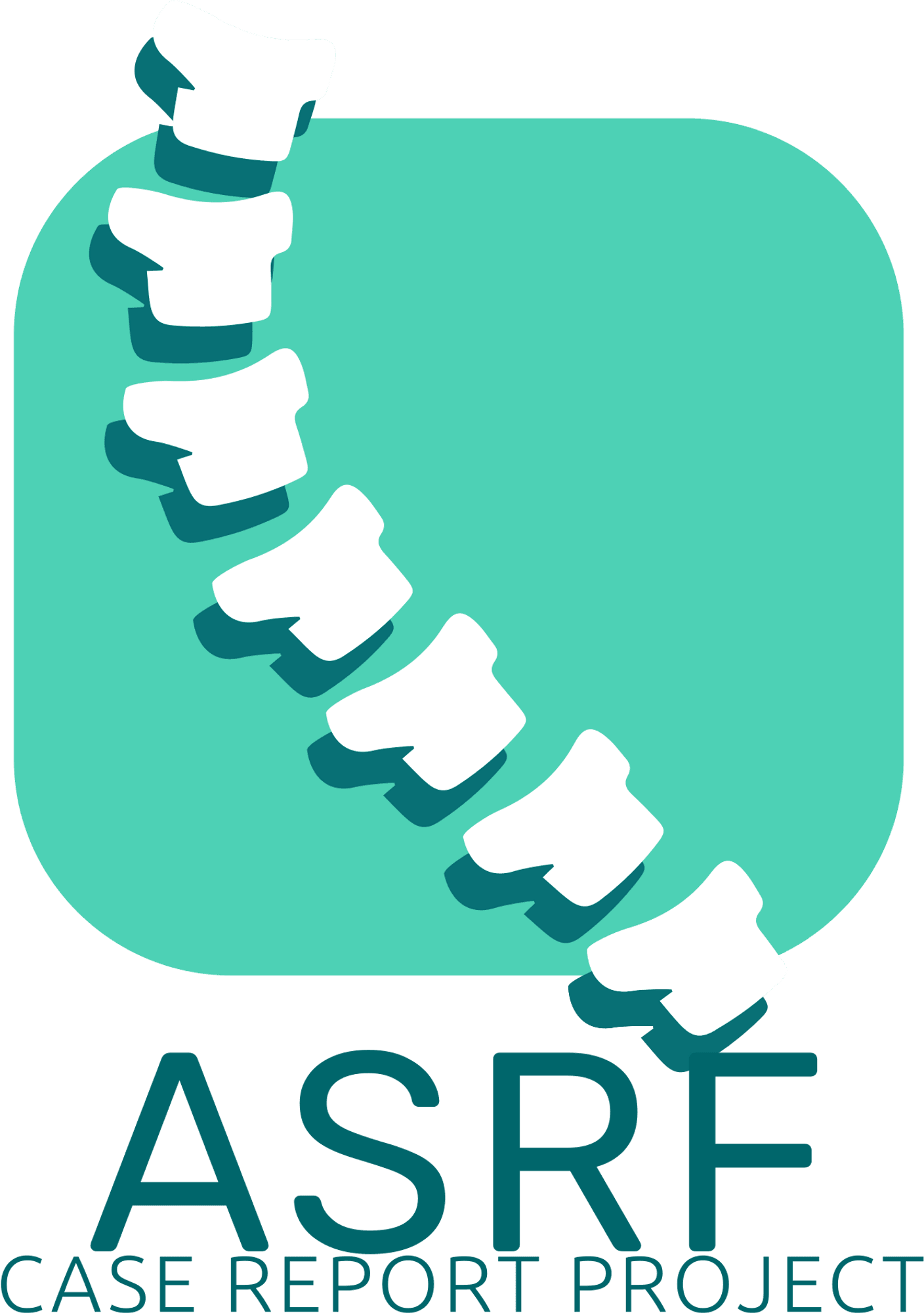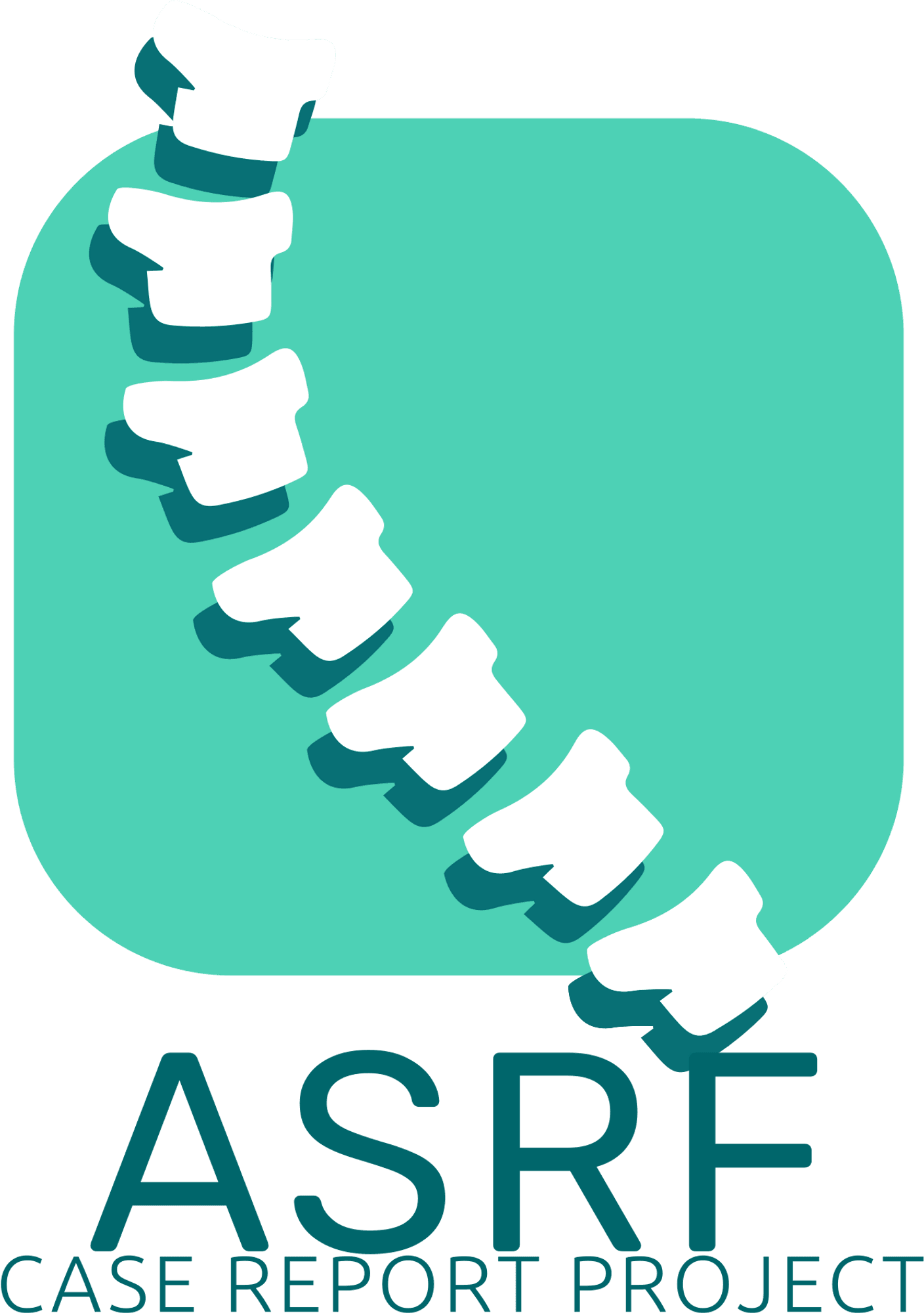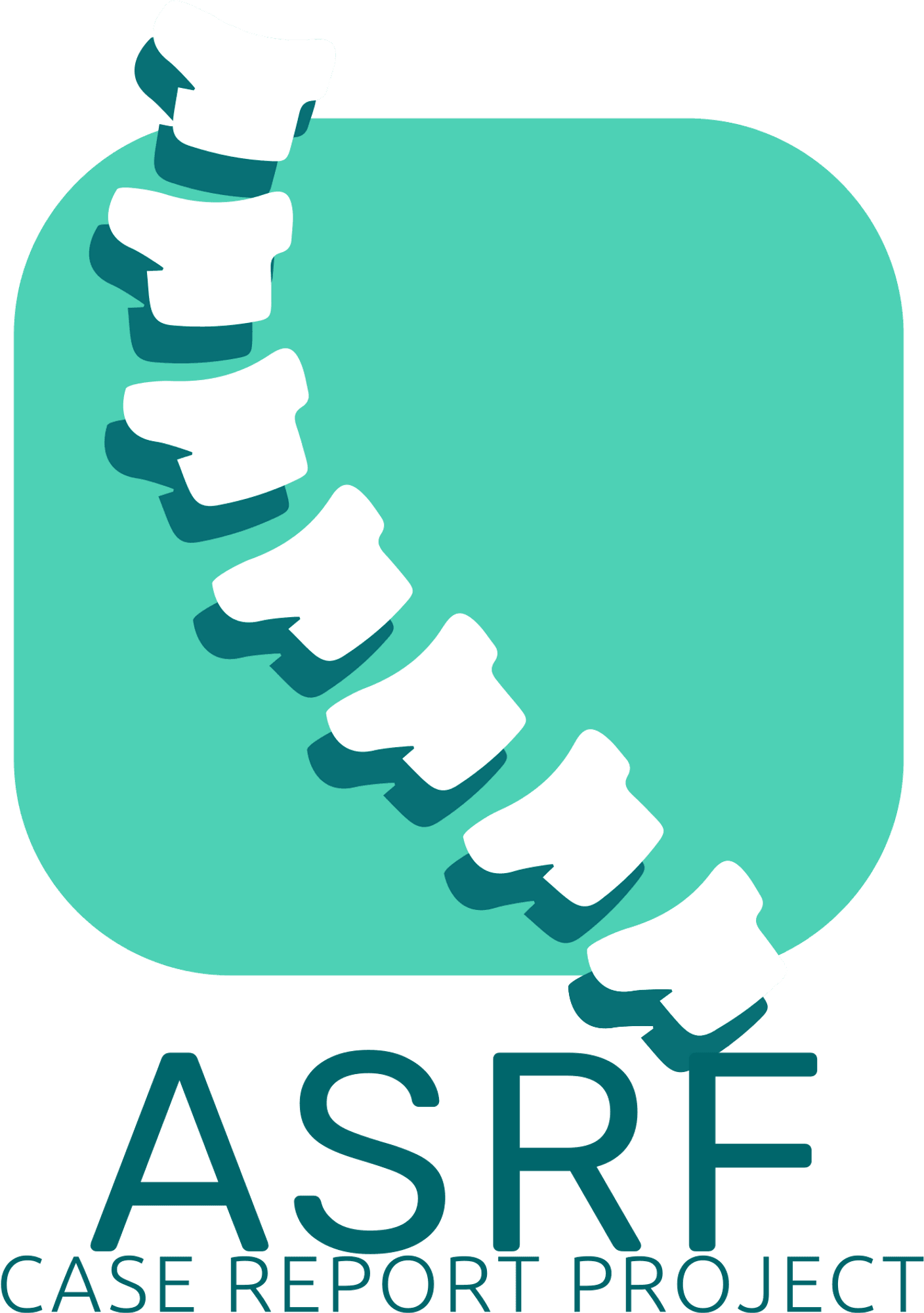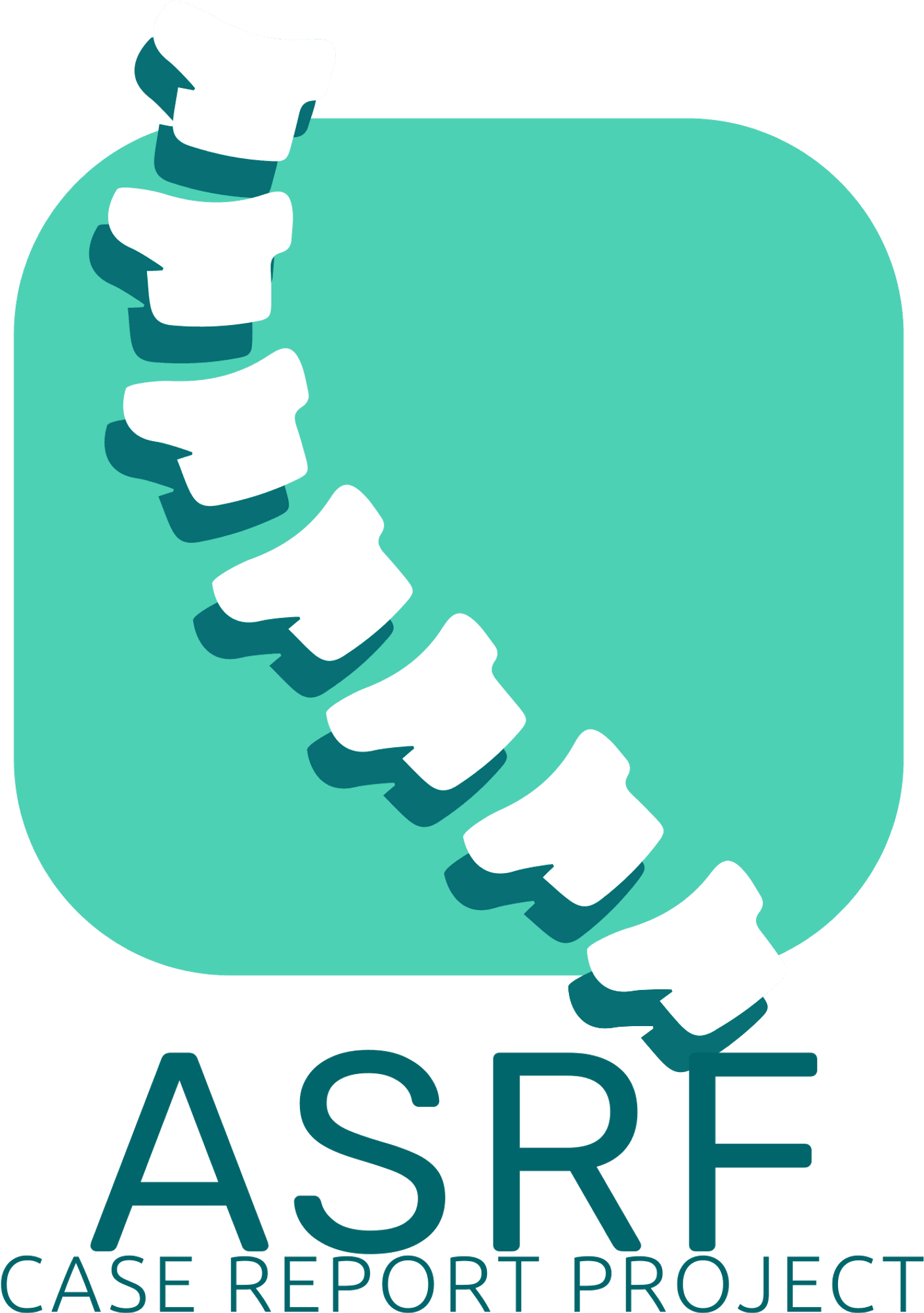Chiropractors will want to read us anywhere, anytime

Third Quarter 2024
(Jul to Sep)
Volume 5, Issue 1 (5-1)
More birthdays, better life
Establishing Chiropractic Education in Hong Kong: A report of perceived advantages, challenges, and strategies for success [Editorial]
Narrative: As demand for complementary and alternative medicine rises globally, introducing Chiropractic education in Hong Kong provides an opportunity to meet growing healthcare needs. This paper reports developments in Hong Kong, China and notes the challenges, regulatory barriers, limited public awareness of chiropractic care, competition from other healthcare professions, and constraints on funding and resources.
I report strategies used by the successful group which has established the Hong Kong College of Chiropractic in Hong Kong, China in collaboration with the McTimoney College of Chiropractic of the UK, and note other Western institutions which were eager but not successful.
Successful private chiropractic programs in New Zealand (NZCC) and Australia (ACC) have provided valuable examples to emulate. It is noted that over half the world’s population now live in the region of which Hong Kong is an international city and looking to become a hub of Chiropractic education and Research.
Indexing Terms: Chiropractic; education; Hong Kong.
Cite: Ebrall P. Establishing Chiropractic Education in Hong Kong: An investigation into perceived advantages, challenges, and strategies for success. [Editorial]. Asia-Pac Chiropr J. 2024;5.1. apcj.net/Papers-Issue-5-1/#EbrallHongKong
What are we really doing as Chiropractors?
Narrative: The work of Len Faye marks the beginning of the Chiropractic profession staring to really seek a scientific basis for its assessment and therapeutic protocols.
Faye’s body of work entrenched Motion Palpation as a logical, evidence-based process of spinal assessment, and made a significant social impact within the Chiropractic profession from the 1990s.
Cite: Faye LJ. What are we really doing as Chiropractors? Asia-Pac Chiropr J. 2024;5.1. apcj.net/papers-issue-5-1/#FayeWhatarewedoing
Walking into the world of ethics as a chiropractic student [WCCS]
Narrative: At the heart of Chiropractic Ethics lies fundamental values such as respect, kindness, humanity, and the commitment to doing good in the world.
We are instilled with a commitment to do no harm and to prioritise the well-being of our patients. This involves not only mastering chiropractic techniques but also developing critical thinking skills to assess the potential risks and benefits of various interventions.
By staying abreast of ethical developments and engaging in reflective practice, chiropractors can elevate the ethical standards of their private practices and help influence others around them.
Indexing terms: Chiropractic; World Congress of Chiropractic Students, WCCS; ethics; patient care.
Cite: Govender P. Walking into the world of ethics as a chiropractic student. [WCCS]. Asia-Pac Chiropr J. 2024;5.1. apcj.net/papers-issue-5-1/#GovenderEthics
The contemporary role of the case report in evidence generation for the discipline of Chiropractic
Abstract: Regardless of argument to the contrary from academics ignorant of advances in evidence gathering, the Journal continues to place an emphasis on publishing case reports relevant to the discipline of Chiropractic.
Here we provide both our rationale and our updated guidelines which are drawn from the model of evidence-based healthcare developed by the Joanna Briggs Institute (JBI) of The University of Adelaide.
We explain the philosophical principles of ‘aboutness’ and ‘consilience’ which significantly increase the value of a case report to allow agglomeration to better inform the clinical practice of Chiropractic.
We celebrate that case reports are the fertiliser of research proposals and as such are critical to the informed development of Chiropractic as a science-based discipline.
Indexing Terms: Chiropractic; subluxation; case report; writing guide.
Cite: Cuthbert S, Ebrall P. The contemporary role of the case report in evidence generation for the discipline of Chiropractic Asia-Pac Chiropr J. 2024;5.1. apcj.net/papers-issue-5-1/#CuthbertEbrallCaseReports
Long COVID Fatigue, Depression,
‘Brain Fog’, and Subluxation: A case report
Narrative: A 68-year-old woman presented with fatigue, dry mouth, dry eyes, photophobia, numbness in the feet, and ‘brain fog’ 7 months after acute COVID-19 infection. She also suffered from a need to frequently stop for breath while speaking. Pre-existing depression was exacerbated by long COVID.
Ten visits for chiropractic adjustments and home care advice were administered over a 7-week period. Partial improvement was noted in the patient’s eye comfort, and fatigue was somewhat reduced. The attention deficit component of ‘brain fog’ was greatly improved as evidenced by the return of the patient’s ability to read novels with comprehension and enjoyment. The need to frequently stop for breath while speaking no longer was present by the end of the study.
Possible confounding factors are a complex constellation of pre-existing conditions and polypharmacy. An additional confounding factor may have been hypoglycaemia. This was a problem in the patient’s early adulthood and may have been reactivated by long COVID.
During the course of care, pragmatic innovations in clinical assessment (‘forced inspiration shrug’) and adjusting technique (‘gluteal assist’ for coccyx adjustment) were developed.
Indexing Terms: Chiropractic; Long Haul COVID; Brain Fog; depression.
Cite: Masarsky CS, Todres-Masarsky M. Long COVID Fatigue, Depression,‘Brain Fog’, and Subluxation: A case report. Asia-Pac Chiropr J. 2024;5.1. apcj.net/papers-issue-5-1/#MasarskyLongCovidBrainFog
Chiropractic management of painful Tarsal Tunnel Syndromes: The neurological channels in the human foot and manual Muscle Testing
Narrative: At the inner rear portion of the foot is a tunnel through which a nerve, blood vessel, and several tendons pass. As long as the foot and ankle function in a balanced manner, this tunnel and its neurovascular bundle create no problems. If, however, the ankle and foot become imbalanced in a particular and measurable way, the fibrous band that covers the tunnel becomes stretched and interferes with both normal nerve function and circulation.
This area is known as the tarsal tunnel. A narrowing of the tunnel follows foot pronation, an extremely common human problem, which is an inward rolling of the ankle and foot. Unfortunately, when the problem first develops it usually does not cause symptoms. If symptoms such as pain or numbness developed immediately, the individual would recognise a problem and seek treatment. Manual muscle testing of the muscles that move the foot permits the earliest diagnosis of this oncoming problem to occur and saves many patients from enormous troubles. The muscular analysis offered by chiropractic manual muscle testing are the very muscles that help support the bones during activity to avoid narrowing of the tarsal tunnel.
Indexing Terms: Chiropractic; AK; Applied Kinesiology; Tarsal Tunnel Syndrome.
Cite: Cuthbert S. Chiropractic management of painful Tarsal Tunnel Syndromes: The neurological channels in the human foot and manual Muscle TestingAsia-Pac Chiropr J. 2024;5.1. apcj.net/papers-issue-5-1/#CuthbertTarsalTunnel
Dr Toad's wild ride
Narrative abstract: The author reports on the deceptions and costs associated with various types of spine care by US medical doctors and surgeons.
The simplicity and safety of Chiropractic care stands in stark contrast to opioid addictions and surgery scams.
Indexing terms: Chiropractic; back surgery; opioids.
Cite: Smith JC. Dr Toad’s wild ride. Asia-Pac Chiropr J. 2024;5.1 apcj.net/Papers-Issue-5-1/#SmithDrToad
More assessment clarifiers
Narrative: Overlooked connections among various neurological functions can potentially yield valuable clinical assessment tools. In this paper, several such connections are explored, including relationships between vibration sense and balance, visual midline and temporomandibular joint function, and temporosphenoidal line indicators and temporalis muscle contraction.
Here I present several additional ‘clinical tricks’ that better isolate the segments and tissues I am assessing.
Indexing terms: Chiropractic; self reflection; clinical assessment; diagnosis; subluxation; leaky vibe test; TMJ.
Cite: Masarsky CS. More assessment clarifiers [The wide-angle lens]. Asia-Pac Chiropr J. 2024;5.1. apcj.net/papers-issue-5-1/#MasarskyMoreClarifiers
Sacro Occipital Technique (SOT): Category Two: Systems integration
Narrative: The intent of this paper is to present my understanding of the principles of Sacro Occipital Technique (SOT), Category 2, and the resultant evaluation and adjustment procedures.
Indexing Terms: Sacro Occipital Technique (SOT); Chiropractic; SOT categories; SOT indicators; Sacroiliac joint; Nerve receptors; Arm Fossa test
Cite: Getzoff H. Sacro Occipital Technique (SOT): Category Two: Systems integration. Asia-Pac Chiropr J. 2024;5.1. apcj.net/Papers-Issue-5-1/#GetzoffSOTCat2
Down the sacrum rabbit hole
Narrative: Here I present an overview of sacral listings conceptualised by Gonstead and provide the clinical rationale for further listings which have clinical utility for sacral adjusting.
These additional concepts take into account developmental anomalies such as lumbarisation and sacralisation.
Indexing terms: Chiropractic; Gonstead; technique; sacrum; sacral listings; anomalies..
Cite: Johnson RC. Down the sacrum rabbit hole. Asia-Pac Chiropr J. 2024;5.1. apcj.net/papers-issue-5-1/#JohnsonSacrum
Improvement in low tone and retained primitive reflexes in a 15-week-old female concomitant with Chiropractic care: A case report
Background: A fifteen-week-old infant was presented for chiropractic care with the mother listing concerns that the infant could not participate in life the way she should. The infant was behind on all her milestones, was showing head asymmetry, and inability to to lift her head or respond to caregivers the way she should.
Intervention: The infant commenced a course of chiropractic care, during which the patient was adjusted using the Diversified technique, with assistance from the baby drop piece, vibrations, hands-on adjusting, Sacro-occipital technique basics and cranial adjusting. Dural support was used, along with Activator methods and logan, all of which were modified for age-appropriateness.
Outcomes: In addition to significant improvements in her subluxations, the infant was able to make strong leaps forward in tone, responses and reflex integration. She was able to fully regain age-appropriate developmental milestones and undertake strength and skill-based tests appropriate to her age. Parents remarked that she was like a completely different child.
Conclusion: This case report illustrates an instance in which a child’s developmental trajectory was significantly changed by chiropractic care. Given the outcomes of this case, the impact of chiropractic care on infant development is warranted.
Indexing Terms: Chiropractic; Subluxation; adaptation; developmental signposts; infant care.
Cite: Pryjma J, Postlethwaite R, McIvor C. Improvement in low tone and retained primitive reflexes in a 15-week-old female concomitant with Chiropractic care: A case report. Asia-Pac Chiropr J. 2024;5.1. apcj.net/papers-issue-5-1/#PryjmaImprovedTone
Improvements in anxiety and suicidal ideation in a 14-year-old female undergoing a concentrated program of Chiropractic care: A case report
Background: A 14-year-old female presented for a concentrated course of Chiropractic care with primary concerns of poor mental health, including severe chronic anxiety and suicide ideation. A historical diagnosis of anxiety at age five and Developmental Apraxia at age six had preceded her present condition, as well as a childhood history of other non-musculoskeletal presentations, including allergies, poor sleep, and digestive issues.
Intervention: The patient commenced a weeklong course of concentrated Chiropractic care, during which she received 104 low-force, specific upper cervical adjustments. These specific chiropractic adjustments were accomplished using the Averio FNT Chiropractic Technique, a specific, sustained contact, low-force Chiropractic technique. The purpose of this course of concentrated chiropractic care was to cause a regenerative event in the patient’s body by reversing vertebral subluxations and allowing for a non-surgical regeneration of the patient’s damaged spinal ligaments and overall improvement of the central nervous system function. It was hypothesised that if the spine and central nervous system could be made healthier, it would likely have an impact on the patient’s presentation of mental illness.
Outcomes: While objective measures indicated significant improvements in the patient’s subluxation status, significant subjective changes were noted following care. The patient reported a complete reversal of suicidal ideations six weeks following the course of Chiropractic care, as well as a significant reduction in chronic severe anxiety, improved social behaviour, and improved sleep and appetite. The patient’s radiographic reassessment six months later showed a complete stabilisation of the ligament damage in the cervical spine and a 121% improvement in the cervical lordosis.
Conclusion: Given the significance of neuropsychological development in the adolescent brain and the increasing awareness of the potential for Chiropractic care to support mental health, this case report provides a rationale for further research into chiropractic and mental health and the benefits of concentrated chiropractic care.
Indexing Terms: vertebral spinal subluxation; cervical spine; ligament instability; spinal ligament instability; mental illness; anxiety; Chiropractic; Chiropractic adjustment; functional neurology; regenerative event; spinal regeneration; spinal cord irritation; ligament regeneration
Cite: Kotlerman S, Martin A, Pierce D, Postlethwaite R, McIvor C. Improvements in anxiety and suicidal ideation in a 14-year-old female undergoing a concentrated program of Chiropractic care. Asia-Pac Chiropr J. 2024;5.1. apcj.net/Papers-Issue-5-1/#Kotlermananxiety
Improvement in mood, sleep, head symmetry and socioemotional engagement in a 19-month-old male concomitant with chiropractic care: A case report
Background: A 19-month old male was presented for Chiropractic care with his mother noting concerns about his emotional state. He was constantly agitated and emotional, and the mother also reported issues with he had issues with moods and reactions, sleep, head shape (asymmetry), poor neck movement and position, difficulties with digestion and feeding, as well as some difficulties with crawling and walking.
Intervention: The patient was placed on a course of chiropractic care during which he was adjusted using Diversified Technique, with hands-on adjusting using Manual adjusting and Activator methods. Tonal checks, Logan technique, and Cranial work were also utilised.
Outcomes: Significant improvements in the patient’s subluxation listings were noted alongside massive changes in his affect and ability to engage with life. His parents described him as “a completely different child.” Spinal range of motion, digestion, head symmetry and other secondary concerns also improved significantly.
Conclusion: This case report has significant linkages to supporting vagal tone in paediatric patients, and supporting neurodevelopment and co-regulation through subluxation-based care and supporting exercises.
Indexing Terms: Chiropractic; Subluxation; infant care; socio-emotional engagement; adaptability.
Cite: Pryjma J, Postlethwaite R, McIvor C. Improvement in mood, sleep, head symmetry and socioemotional engagement in a 19-month-old male concomitant with chiropractic care: A case report. Asia-Pac Chiropr J. 2024;5.1. apcj.net/papers-issue-5-1/#PryjmaSocioemotional
Improved digestion, sleep and mood in an 8-month-old male under Chiropractic care: A case report
Background: An 8-month-old male was presented for Chiropractic care with parental concerns primarily related to sleep, muscle strength and digestion. In addition to these stated concerns, his parents were concerned about sleep, excessive gagging and vomiting on solid food, hypersensitivity to touch and a regression in skill levels. Hypotonicity and breastfeeding issues were also flagged as problematic.
Intervention: The infant was placed on a Chiropractic care plan, whereby he was managed using Diversified and Activator methods, in addition to spinal adjusting and peripheral adjusting, all modified to be appropriate for his age and tensile strength.
Outcomes: Significant positive changes were noted across all the stated areas of concern, concomitant with Chiropractic care. While the infant continued under Chiropractic care after the period of the initial care plan, the changes meant parents were able to work with the chiropractor to resolve issues relating to hypersensitivities, hypertonicity, feeding, sleeping, mood and more.
Conclusion: This case report shows multi-system improvements in the infant’s physiology and development, and no other interventions were introduced during his time under care. This may provide a rationale for future studies examining sympathetic and specifically vagal tone, in infants under Chiropractic care and how this might contribute to mood, digestion and development.
Indexing Terms: Chiropractic; Subluxation; infant care; adaptability; vagal tone.
Cite: Watson A, Postlethwaite R, McIvor C. Improved digestion, sleep and mood in an 8-month-old male under Chiropractic care: A case report. Asia-Pac Chiropr J. 2024;5.1. apcj.net/papers-issue-5-1/#WatsonMoodSleep
Improvement in movement, function, primitive reflexes and digestion in a 4-month-old female concomitant with Chiropractic care
Background: A 12-week-old female was presented for Chiropractic care with parents listing primary concerns of screaming during tummy time, difficulty lifting her head, and exhibiting no arm weight-bearing ability. Further examination revealed difficulties with digestion, a significant head tilt resulting in flat spots (plagiocephaly) on the rear of the head, and excessive gagging while sleeping.
Management: The infant was placed on a care plan where she was seen twice a week for three weeks, and then a further two sessions. During this time she was cared for using spinal adjusting, cranial and palate adjusting, as well as peripheral adjusting for shoulder dysfunction. All methods were modified appropriately for the infant's stage of development.
Outcomes: Significant improvements were noted across all areas of concern, and the infant was able to clear her milestones whereas she had been lagging behind prior to care. This case report illustrates the potential for chiropractic to support developmental milestones by integrating primitive reflexes, supporting the development of the cervical curve, and allowing the nervous system to better adapt to issues like feeding, sleeping and overall well-being.
Conclusion: Basic science has bedded down the importance of tummy time in cervical curve development, and chiropractic case report data has often indicated improvements in mood and digestion, this case report provides a rationale for further research into retained primitive reflexes under chiropractic care.
Indexing Terms: Chiropractic; Subluxation; infant care; adaptability; sleep; mood.
Cite: Watson A, Postlethwaite R, McIvor C. Improvement in movement, function, primitive reflexes and digestion in a 4-month-old female concomitant with Chiropractic care: A case report. Asia-Pac Chiropr J. 2024;5.1. apcj.net/papers-issue-5-1/#WatsonSleepMood
Disclaimer
This journal is a professional journal by chiropractors for chiropractors. Readers not fully trained as a chiropractor should not act on their own on any information published in these pages and should always discuss their situation with their chiropractor.











